The RSPCA has issued a warning to anyone with foxes in their garden – here’s how to deter foxes safely and legally.
Don’t fall foul of the law when looking to remove foxes from your garden
The app-controlled Lume Cube XL Mini COB LED packs exceptional power and high-end features into an amazingly compact package. It’s targeted toward content creators, studio professionals, and enthusiasts who want to up their game. It’s also genuinely fun to use, and opens new avenues of creativity.
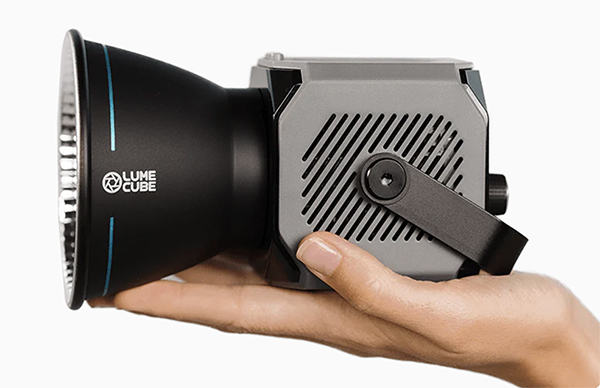
The Lume Cube XL is an app-Controlled 60W RGB Mini COB LED light. (COB stands for Chip on Board, a high-density LED technology.) Lume Cube won the hearts of photo/video enthusiasts everywhere with their original, waterproof, super-small (2 x 2 x 2 inches) Lume Cube, which is now in version 2.0, and many subsequent lighting specialty products.
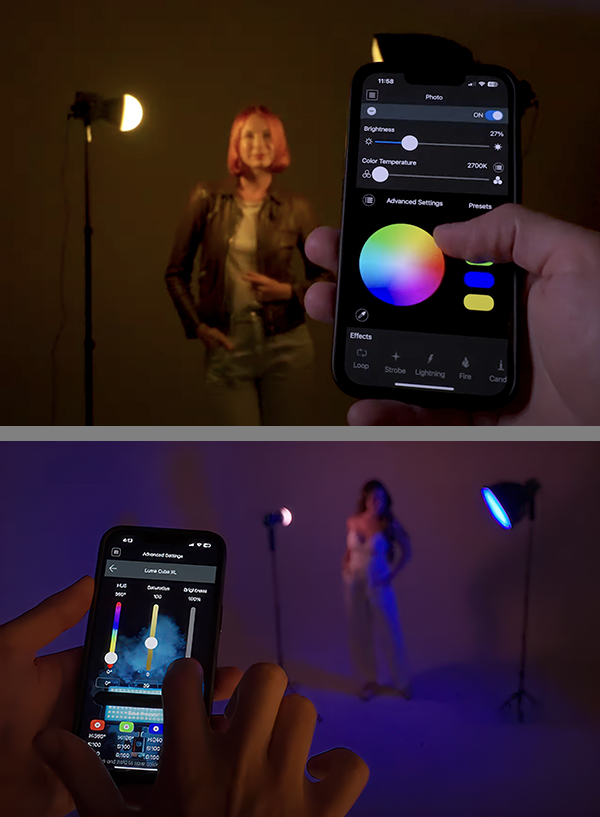
All Lume Cube XL features can be operated with a robust smartphone/tablet app that literally puts the lighting control in your hand. Its output of 5000 lumens (at 5600K), full-spectrum RGB, and CRI (Color Rendering Index) rating of 97+ make it a professional tool anyone can master. Add an optional battery grip and the Lume Cube XL becomes an ideal portable light source for virtually any video or photo situation.
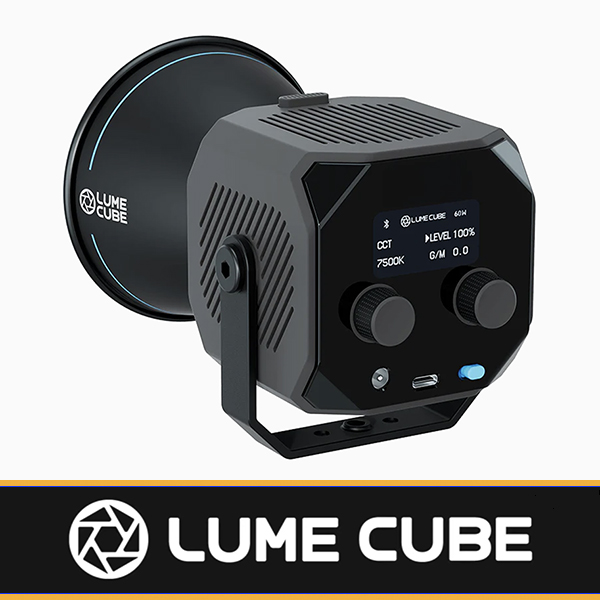
Key Features & Specifications
• Full-spectrum RGB
• CT (Color Temperature) range of 2700K – 7500K
• Green/Magenta tint control
• Onboard controls with LCD display
• Full in-hand remote control via free Lume Control app
• Bluetooth mesh technology for group lighting pairing
• Internal cooling fan
• 7 special effects (loop, strobe, lightning, fire, candle, siren, tv)
• CRI (Color Rendering Index) rating of 97+
• TLCI (Television Lighting Consistency Index) rating of 98+
• LEDs = 1
• Wattage = 60W
• Voltage = 24V
• Optional battery grip sold separately
Watch the official Lume Cube XL video on YouTube.

Reasons to Buy Today
If you are an energetic content creator or work in a personal or professional studio environment, a consistently reliable constant-output light source must be high on your list of must-haves. The Lume Cube XL Mini COB LED light delivers premium features and comes in a compact, easy-to-handle size, all at an affordable price. There’s zero learning curve—you control it from an app (or from the onboard LCD display if you prefer)—and can create more lighting effects than you will ever need even in a hundred lifetimes. You can integrate multiple Lume Cube XL units or other Lume Cube lighting products and control everything from the app on the phone in your hand.
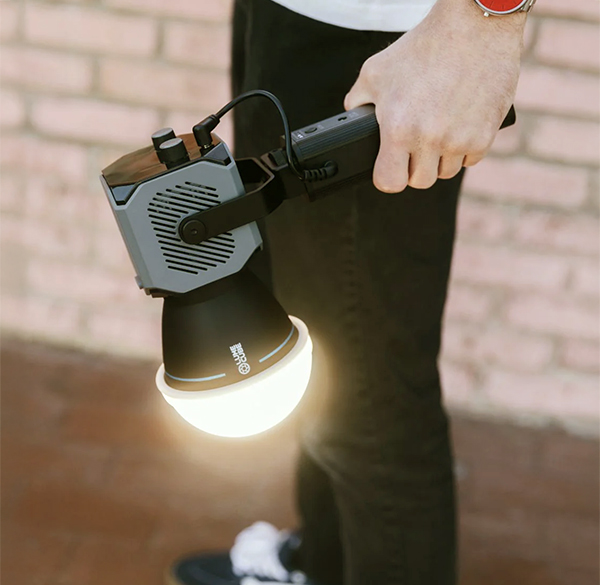
The specifications are all top-level. The Kelvin range from 2700K to 7500K takes you all the way from sub-tungsten lighting to noon daylight (arguably 5500K) and way above. And the full RGB range, plus Green-Magenta tint control, mean you can create exactly the colors you need.
Whether you’re an old hand at adjusting Color Temp or a newbie, the Lume Control app simplifies the hard decisions and sets you on a course toward absolute perfection.
With the Lume Cube XL Mini COB LED light, the only things you’ll be missing are excuses.

Reasons to Shy Away
Out of the box, the Lume Cube XL Mini COB LED light is AC (wall current) powered so you are tethered in a studio. However, you can add the (approximately $99) battery power grip and go fully portable.
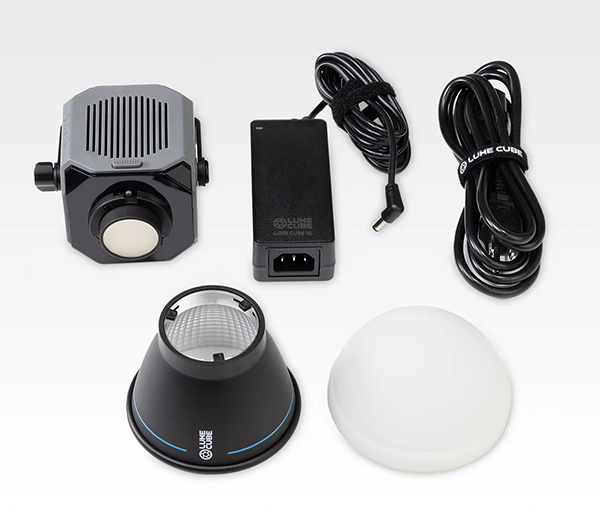
Sum & Substance
Gone are the days when the Color Temp of constant light sources changed as the bulb aged, and the heat sometimes required oven mitts to be deployed when swapping bulbs. The Lume Cube XL light uses a single COB-design LED that stays cool and produces a consistent CT that you control via an app. Its light weight and compact size mean it positions easily and safely on all but the cheapest llight stands.
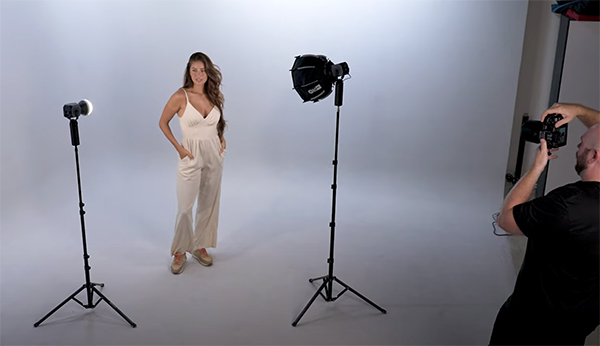
Buy two Lume Cube XL Mini COB LED lights and one optional Large Softbox ($59) and you have a complete lighting solution that any pro content creator would admire.
Price & Availability
The Lume Cube XL is available now directly from Lume Cube. MSRP is $249 but seasonal promotional prices are sometimes lower.
—Jon Sienkiewicz
